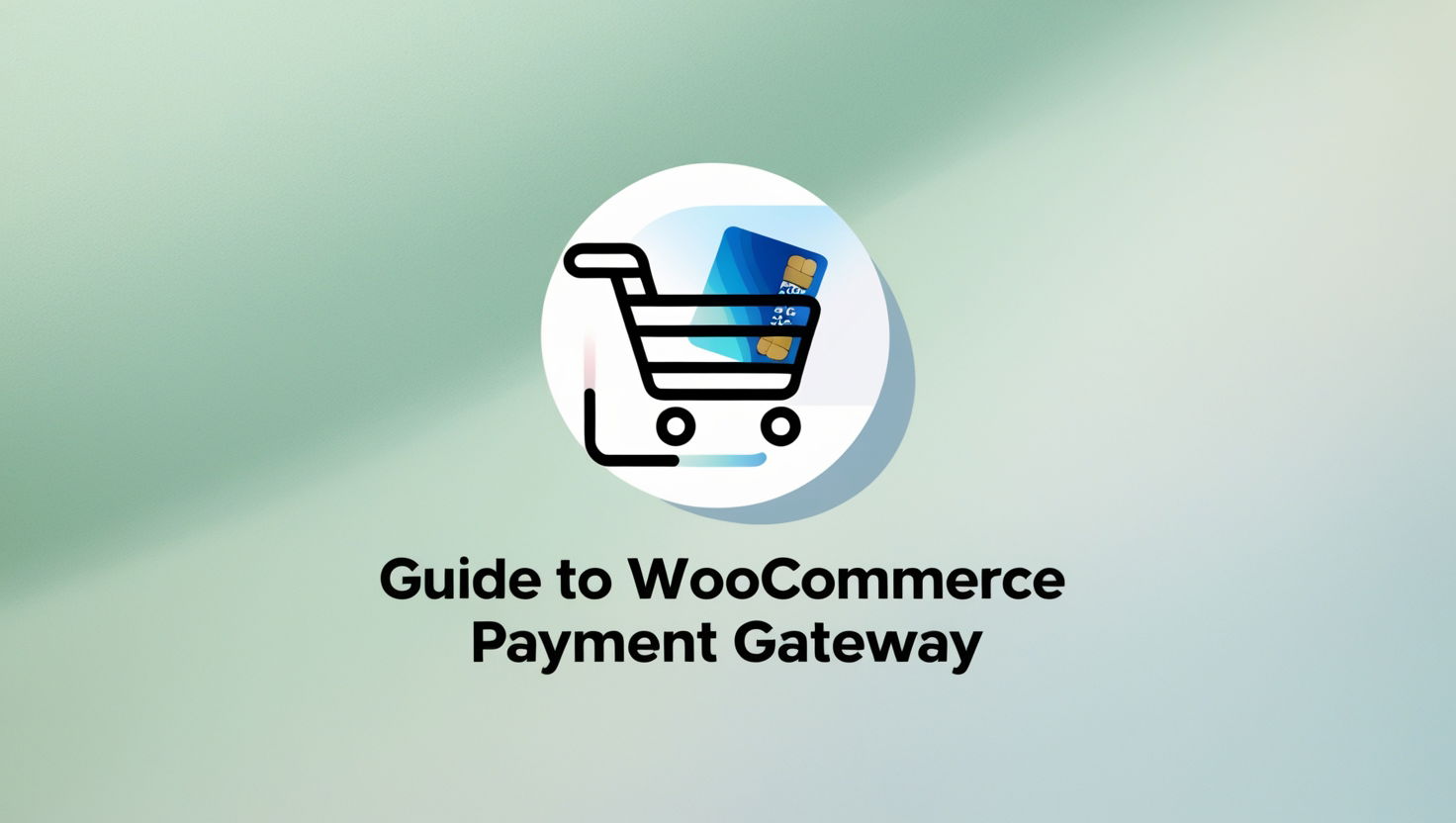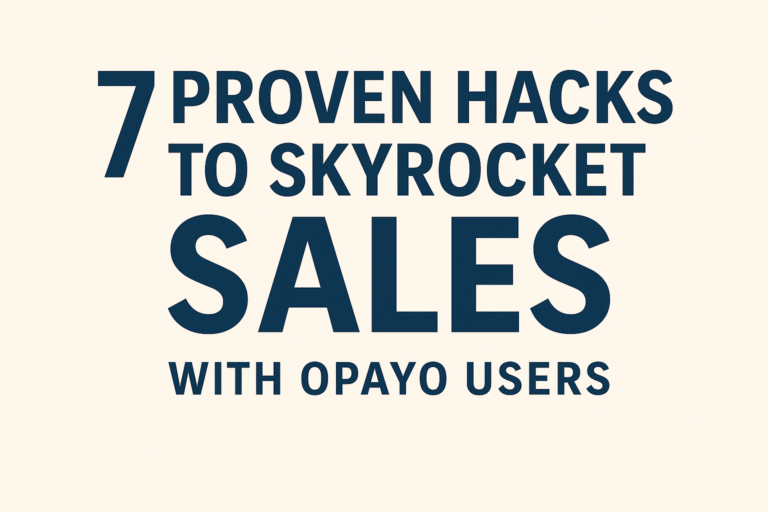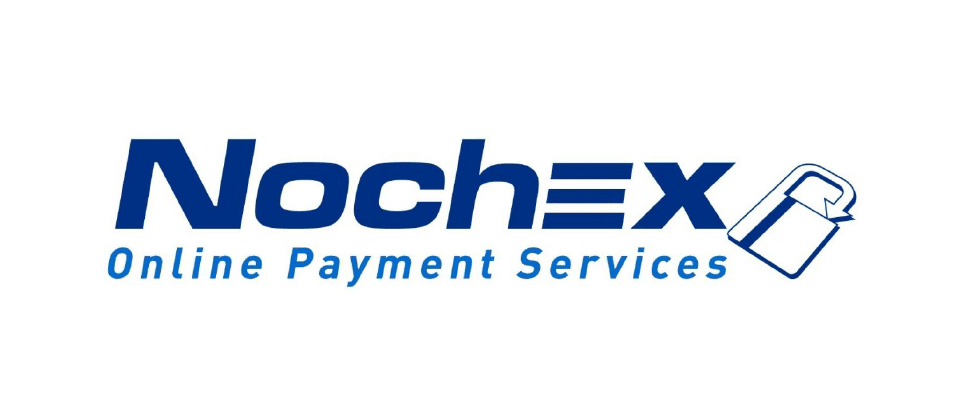WooCommerce has changed the way people approach eCommerce as it offers robust and resourceful solutions to all business levels who intend to create and run e-commerce stores. Specifically, WooCommerce is an add-on of WordPress, which combines the superiority of the world’s most utilized content management system with eCommerce features.
One of the lasting undertakings in establishing an online business is incorporating a payment gateway. Payment gateways are systems or web-based applications that enable communication between a user’s financial data and the merchant’s account to effect payment. Without a well-configured payment gateway, taking payments from customers on your WooCommerce store is impossible, which is why one must grasp and configure this important part effectively.
Create a WooCommerce Payment Gateway
- Create a WooCommerce Payment Gateway
- Managing Active Payment Gateways in WooCommerce
- Multiple Payment Methods in WooCommerce
- Integrating Various Payment Methods into WooCommerce
- Integration of WooCommerce with WordPress
- Payment Processors versus Payment Gateways
- Best Multi-Currency Solutions for WooCommerce
- Recurring Payments in WooCommerce
- WooCommerce vs. Shopify: A Comparison
- WooCommerce Usage Statistics
- Conclusion
There are different payment processors that individuals or businesses can utilize to make payments. One of them is through payment gateways, which allow using credit cards to make purchases and process payments online through any website. Creating a payment gateway is easy, but planning is essential. Below is a guide that will help:
- Log in to the WordPress admin dashboard.
- Go to WooCommerce > Settings > Payments.
- You will be directed to a list of available payment gateways. Pick the payment gateway you want to create.
- Click on “Set up” or “Manage” that appears next to the selected payment gateway.
- Provide the required information, such as API keys, account details, and options configuration.
- Don’t forget to apply the changes.
Tackling Frequent Challenges:
- Check and fill in the required fields.
- Ensure that API keys and other account information are correct.
- Confirm that your preferred payment processor is available in your region.
- Verify that your web hosting provider is compatible with the payment processor's requirements.
Managing Active Payment Gateways in WooCommerce
Enabling and disabling active payment gateways requires the following steps:
- Select WooCommerce > Settings > Payments.
- You can add different payment options. The new option will be installed as deactivated, while the other options are set as active; ‘enabled’ indicates activation.
- To enable/disable, click the toggle switch next to each option.
To Install New Payment Gateways:
- Open the WooCommerce Extensions store.
- Search and/or browse for payment gateway extensions.
- Buy and download the extension.
- Use it as a regular WordPress plugin and activate the new extension.
- Add the new payment gateway in WooCommerce > Settings > Payments.
Multiple Payment Methods in WooCommerce
WooCommerce is capable of allowing the use of a range of payment gateways concurrently. This flexibility provides several advantages:
- Higher consumer satisfaction
- Wider business expansion
- Reduced reliance on one vendor
- Opportunity to minimize service costs by selecting the least expensive service for each transaction type
Managing multiple gateways is done best in the following manner:
- Arranging gateways according to fees charged and clients’ preferences.
- Making periodic checks on gateways and improving configurations.
- Tracking transactions for every gateway and analyzing reports.
- Ensuring that customers are aware of the available payment modes.
Integrating Various Payment Methods into WooCommerce
WooCommerce performs well with numerous payment methods:
- Plastic Cards (Credit/Debit): This is the most popular method, usually done through gateways like Stripe and PayPal.
- E-Wallets: (Apple Pay, Google Pay, etc.)
- Interbank Transfer: Payments directly from one bank to another.
- Payment Methods: Used by package/courier-based businesses.
Selecting the correct payment method relies on:
- Your target market's preferences
- Transaction fees
- Security features
- Integration complexity
- Geographical availability
Integration of WooCommerce with WordPress
Despite WooCommerce being the leading eCommerce solution plugin in WordPress, adding payment gateways is not only through this plugin. WordPress can accept payments by integrating with payment gateways through:
- Payment gateways’ dedicated plugins (e.g., Simple PayPal Shopping Cart)
- Form-building plugins with payment functionality (e.g., WPForms, Gravity Forms)
- Membership Plugins with Payment Gateways
While effective for basic purchases or contributions, these alternatives lack the full-fledged eCommerce capabilities of WooCommerce.
Payment Processors versus Payment Gateways
- Payment Processors are companies that manage and transfer funds between the seller’s bank and the buyer's bank to complete an order. They ensure sufficient funds, transfer them, and manage any risks that arise.
- Payment Gateways are the software interfaces where payment details are collected, encrypted, and sent to the processor. They are usually linked to the merchant’s website for easy payment processing.
Payment gateways in WooCommerce typically include both gateway and processor roles, simplifying setup for the vendor.
Best Multi-Currency Solutions for WooCommerce
Several currencies are supported in the process, which is essential for global eCommerce. Some options include:
- WooCommerce Multi Currency: Official WooCommerce plugin.
- WPML WooCommerce Multilingual: Language and currency switcher integration.
- Currency Switcher for WooCommerce: Incorporates auto-updates on exchange rates.
When developing multi-currency support:
- Obtain accurate rates and exchange rates of available currencies.
- Ensure pricing is visible.
- Consider shipping and tax amounts.
Recurring Payments in WooCommerce
WooCommerce supports recurring payments if extensions are adopted, such as WooCommerce Subscriptions, which allows you to:
- Enable subscription products.
- Manage billing cycles.
- Handle recurring bills independently.
Other alternatives include:
- Automatic billing via PayPal Payments.
- Subscription-based customer interfaces that support Stripe for WooCommerce.
WooCommerce vs. Shopify: A Comparison
Major Concerns:
- Platform: WooCommerce is self-hosted, while Shopify is a hosted platform.
- Customization: WooCommerce offers more flexibility in customization; Shopify is more simplified.
- Pricing: WooCommerce offers lower base prices but may involve additional paid add-ons.
Advantages of WooCommerce:
- Great flexibility in design.
- Most features are available with a one-time payment.
- Integrates seamlessly with WordPress.
Disadvantages of WooCommerce:
- Requires more technical skills.
Pros of Shopify:
- Easy to install and use.
- Includes hosting and security.
- 24/7 customer support.
Cons of Shopify:
- Monthly rates can be high.
- Limited design and functionality options.
Recommendation: For complex businesses needing high customization, WooCommerce is best. Shopify suits those who prefer a ready-made solution without technical challenges.
WooCommerce Usage Statistics
As of 2024, WooCommerce powers nearly 30% of global e-commerce sites, engaging millions of users.
Popular Market Segments for WooCommerce:
- Clothing and accessories
- E-products and e-services
- Restaurant and catering
- Hair and skin care
- Computers and mobile phones
WooCommerce is mainly found in small and medium enterprises and businesses transitioning from brick-and-mortar to online.
Conclusion
WooCommerce is efficient for integrating various payment gateways into your online store. It supports several payment gateways, systems, recurring payments, and multiple currencies. It is an excellent choice for businesses of all sizes.
When establishing your WooCommerce store, focus on payment gateways that meet your business needs, audience, and technical capabilities. An effective combination of payment methods enhances customer satisfaction and streamlines business processes.
The development of eCommerce never stops. Staying updated with modern payment systems and regularly updating your WooCommerce store will help you remain competitive in the dynamic online business landscape.














